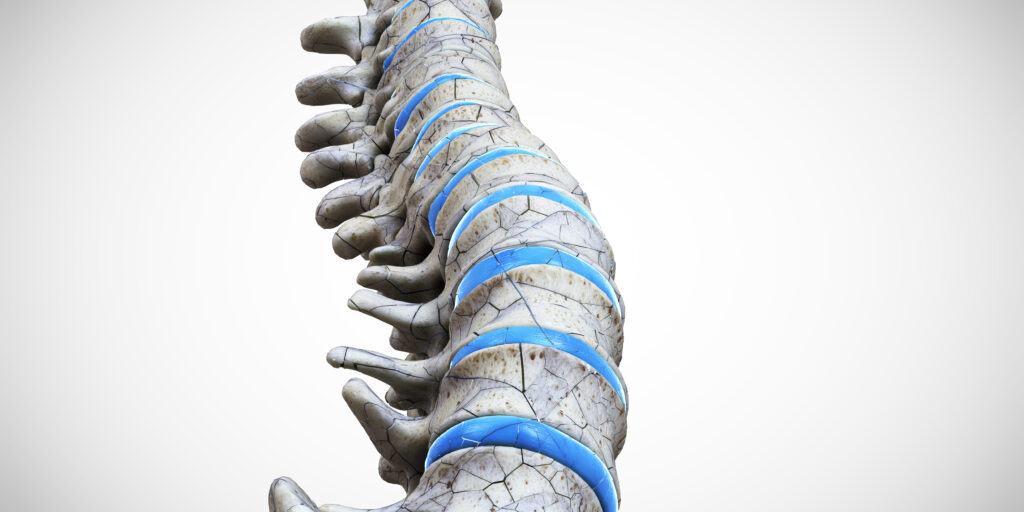Throughout 2020, the Australian & New Zealand Hip Fracture Registry (ANZHFR) produced an informative, 16-part online lecture series designed to share best practice in relation to the treatment and management of hip fractures, and to offer clinicians potential solutions to common problems. The series is available on the ANZHFR Training and Education YouTube channel – a selection of which has been added to our APFFA Education Directory.
In the first lecture published on June 2, 2020, Orthopaedic Surgeon, Dr Mohammad Saqib Zafar, Australia, discusses how a dedicated hip fracture team at Nepean Hospital, Blue Mountains, was able to improve the quality of care, particularly the time to surgery for hip fracture patients. The discussion is facilitated by Professor Ian Harris AM, Professor of Orthopaedic Surgery, University of New South Wales (UNSW), and Co-Chair of the Australian and New Zealand Hip Fracture Registry (ANZHFR), Australia.
In 2018, the Agency for Clinical Innovation (ACI) undertook a State-wide audit in New South Wales, Australia to assess the management and care of older people presenting with a hip fracture in the State’s public hospitals. The audit focused on four clinical priorities, including pain management, orthogeriatric model of care, timing of surgery, mobilisation and weight bearing. Following the audit, each hospital was given a summary of qualitative data to identify the areas which required improvement.
At the time of the audit, it was found that Nepean Hospital was under-performing compared to other public hospitals in New South Wales.
“The most worrying thing was that one in five, or 20 per cent of hip fracture patients, were not operated on within 48 hours, which is an accepted international standard of care.
“To address this, we created a working group which was led by Dr Anita Sharma, the Head of the Medical Division and Head of Aged Care at Nepean Hospital, and brought in multidisciplinary members from the orthopaedic, anaesthetic and emergency departments, as well as significant support from allied health professionals, including physiotherapists and nurse managers,” said Dr Zafar.
The Working Group met once a month, and utilised resources available to them, without adding any extra costs or manpower.
In the lecture, Prof Harris asks what specific changes were introduced and implemented as a result of the ACI findings, to which Dr Zafar shared the following:
Changes implemented
- Improvements were made to collecting and entering data in the hip fracture registry.
- The orthopaedic department undertook its own internal initiative to collect additional data, which specifically identified reasons for the delay in time to surgery.
- By collecting this additional data, the Working Group was able to highlight poor performing areas, and then feed this information back to the specialities involved in patient care.
- This feedback enhanced communication between specialities, including clinicians, allied health professionals and the administration department.
- Monthly feedback to the specialties encouraged discussion and education in their own departmental meetings.
- Regular audits were undertaken to determine whether the changes implemented were effective.
Dr Zafar notes that Nepean Hospital has some inherent strengths to its operating department, compared with other hospitals. Since the audit, there has been a cultural change, with a stronger desire to operate early, and improve efficiency with regard to managing the operating list and resources.
“Now, when booking emergency cases, there is no 72-hour booking category available. So cases can only be booked under a 24-hour category. If the case is not done in 24 hours, it is logged as a breach, and this is then fed back in the audit process,” Dr Zafar said.
In the lecture, Dr Zafar discusses some of the barriers the Working Group encountered when improving the time to surgery for hip fracture patients. In particular, it was identified that novel anticoagulant agents, such as apixaban and rivaroxaban, were causing a delay in surgery for some hip fracture patients.
“We are working with Westmead Hospital to design guidelines which address these novel anticoagulants and determine when will be a safe period for patients on these medications to be operated on,” said Dr Zafar.
The interview concludes with Prof Harris asking Dr Zafar to share some of the results generated by the Working Group post- inception.
“The average time spent in the emergency department, time to surgery, acute length of stay, and total length of hospital stay has improved significantly over the 12 month period, from November 2018 to November 2019.
“From June 2019 onwards, time to surgery shows a very stable downward shift. In April 2019 it was up to 51.25 hours, and by March 2020 it was down to just 20.62 hours,” Dr Zafar said.
Furthermore, between November 2019 and January 2020, almost 96 per cent of hip fracture patients at Nepean Hospital were operated on within 48 hours, and almost 60 per cent within 24 hours.
Dr Zafar and the Working Group found the ANZHFR to be a very helpful instrument in improving the quality of care for hip fracture patients, and ensuring this change can be sustained in the long-term.
“The database provides us with a benchmark, so that we can compare ourselves against other hospitals, not only in Australia, but also in New Zealand.
“We utilised the joint registries’ evidence-based practice resources to implement the changes in our hospital. Monitoring the performance of these changes is a key factor to ensure the changes are sustained,” said Dr Zafar.
“In the initial phase, we wanted people to drive the process. But now we have created a culture where the process will drive the people. This means all future orthopaedic, emergency and aesthetic registrars will all follow this process, and aim for the high targets we have now set.”
In summary, Dr Zafar acknowledges it is important for the Working Group to continue to meet, monitor the data and patient experience, and to maintain their multidisciplinary, patient-centred approach.
For the latest updates in hip fracture care, subscribe to the ANZHFR Education and Training YouTube Channel. To watch the full lecture, click here.





